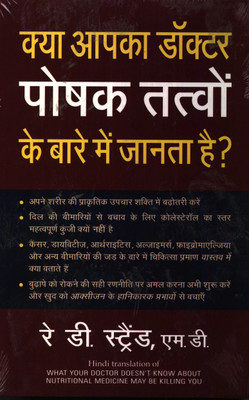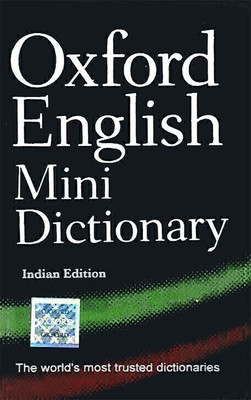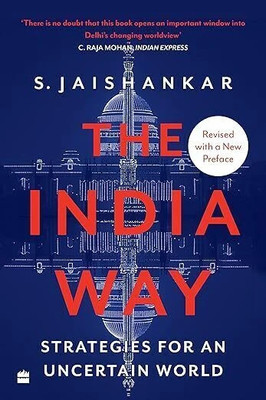
Differential Amplifiers and Linear Integrated Circuits (Paperback, Hari Kumar Singh)
Price: Not Available
Currently Unavailable
Highlights
- Binding: Paperback
- Publisher: Walnut Publication
- ISBN: 9789391522841, 939152284X
- Edition: 2021
- Pages: 94
Description
Modern differential amplifiers are usually implemented with a basic two-transistor circuit called a “long-tailed” pair or differential pair. This circuit was originally implemented using a pair of vacuum tubes. The circuit works the same way for all three-terminal devices with current gain. The “long tail” resistor circuit bias points are largely determined by Ohm's Law and less so by active component characteristics. The long-tailed pair was developed from earlier knowledge of push-pull circuit techniques and measurement bridges. An early circuit which closely resembles a long-tailed pair was published by British neurologist Bryan Matthews in 1934, and it seems likely that this was intended to be a true long-tailed pair but was published with a drawing error. The earliest definite long-tailed pair circuit appears in a patent submitted by Alan Blumlein in 1936. By the end of the 1930s the topology was well established and had been described by various authors including Frank Offner (1937), Otto Schmitt (1937) and Jan Friedrich Toennies (1938) and it was particularly used for detection and measurement of physiological impulses. The long-tailed pair was very successfully used in early British computing, most notably the Pilot ACE model and descendants, Maurice Wilkes’ EDSAC, and probably others designed by people who worked with Blumlein or his peers.
Read More
Specifications
Book Details
| Publication Year |
|
Contributors
| Author Info |
|
Be the first to ask about this product
Safe and Secure Payments.Easy returns.100% Authentic products.
Back to top




